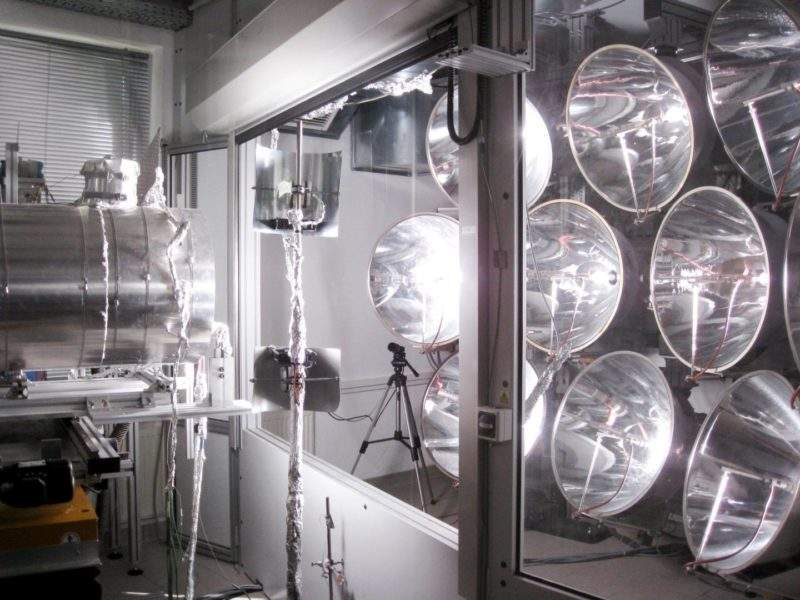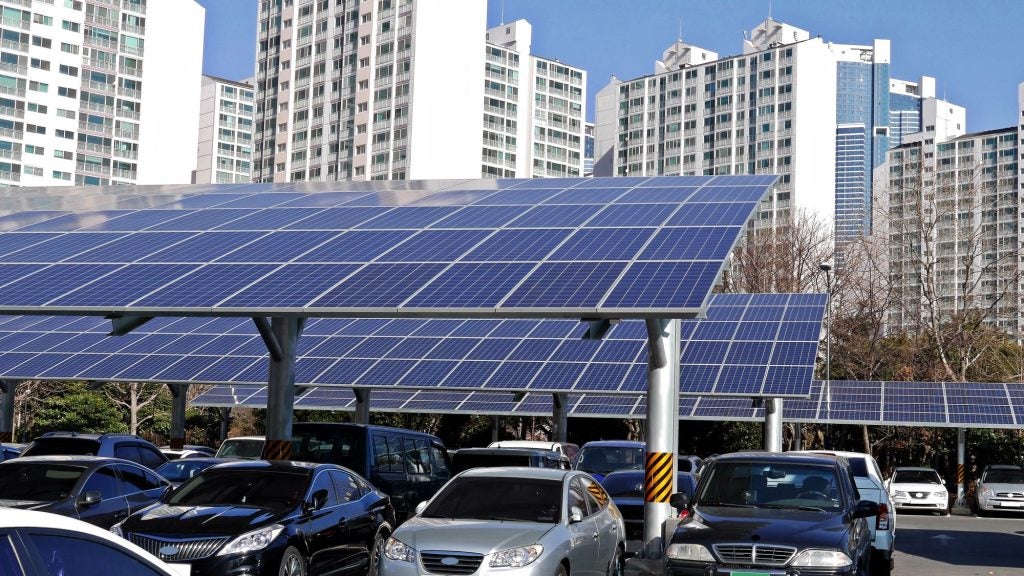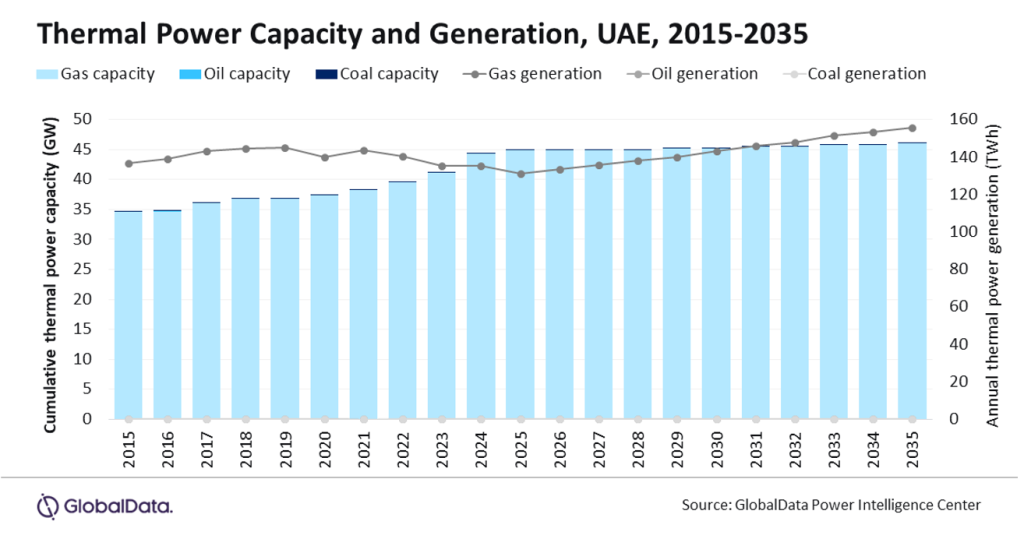
Scientists at the German Aerospace Centre, supported by the Aerosol and Particle Technology Laboratory of Greece, has successfully tested Contisol, a solar reactor that takes advantage of concentrated solar power in order to run day and night.
They published their research in a paper entitled ‘Fabrication and testing of CONTISOL: A new receiver-reactor for day and night solar thermochemistry’, in the journal Applied Thermal Engineering. Concentrated solar power involves the use of mirrors or lenses to redirect and concentrate a large area of sunlight, and by extension solar thermal energy, onto a small area. Rather than converting solar power directly into electricity, however, Contisol directs concentrated solar power into a reactor with multiple channels.
Half of these channels are used to split methane or water into hydrogen using solar power, while the other half use solar energy to heat air to temperatures greater than 1,000oC, the products of which are stored as thermal energy. During the night, when solar energy is no longer available, the stored energy from the heated channels is redirected to the other channels, where the production of hydrogen can continue.
“So the main idea of Contisol was to build two reactors together, one where sunlight is directly doing chemical processing. The other side for storing energy,” said Justin Lapp, former member of the German Aerospace Centre and present assistant professor of mechanical engineering at the University of Maine.
The success of Contisol addresses both the primary disadvantage of solar power–that production has to cease once the sun sets–and the historic limiting factor of thermochemistry that nuclear reactions could not effectively operate at such high temperatures. By using solar, rather than nuclear, heat as the basis for the reactions, useful products such as hydrogen can be produced at up to 1,500oC. Air is also a much cheaper and more stable environment for such reactions to take place.
“It can pull air in just out of the atmosphere and then runs it through the heat exchanger to store the heat,” Lapp explained. “And then it can vent that air out once it is cool.”
How well do you really know your competitors?
Access the most comprehensive Company Profiles on the market, powered by GlobalData. Save hours of research. Gain competitive edge.

Thank you!
Your download email will arrive shortly
Not ready to buy yet? Download a free sample
We are confident about the unique quality of our Company Profiles. However, we want you to make the most beneficial decision for your business, so we offer a free sample that you can download by submitting the below form
By GlobalDataWith solar generation predicted to increase from 7% of total US renewable energy generation in 2015 to 36% by 2050, ensuring efficient and effective use of solar power is a key challenge for renewable energy companies.







